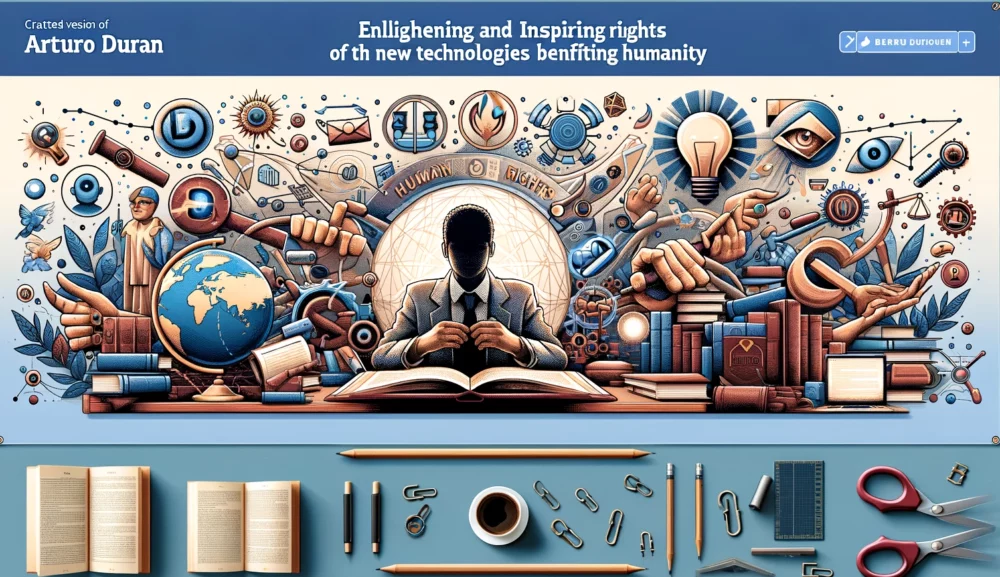The Kamala Harris BIG PROBLEMA…
In politics, the idea of change is one of the most compelling promises a candidate can make. Voters often yearn for something new—new policies, new ideas, and new approaches to governance. But what happens when a candidate who is part of the running government steps forward and presents themselves as the person of change? It seems paradoxical: how can someone embedded in the current system, or even a key player within it, credibly claim to be the force that will disrupt the status quo?
The answer lies in strategy, messaging, and an ability to capitalize on both insider knowledge and the hunger for reform. Here’s how these candidates often present themselves as the harbingers of change, despite their government ties.
1. Distancing Themselves from the Status Quo
A common approach for candidates from the current government is to subtly or overtly distance themselves from the existing leadership. They walk a delicate line between acknowledging the achievements of the administration they served under and pointing out its failures. They may say something like, “While we’ve made strides, there are still areas where we’ve fallen short. I am here to fix what hasn’t worked.”
By doing this, they frame themselves as reformers rather than defenders of the status quo. The message is clear: I have the experience, but I am not bound by the mistakes of my predecessors. This position allows them to simultaneously benefit from their insider status while claiming they are the fresh start the country needs.
2. Proposing New Priorities
One of the most effective ways to distance oneself from an incumbent government is to highlight new and different priorities. Even if they were part of the old system, a candidate can position themselves as an advocate for policies that were previously overlooked. They might focus on issues like corruption, climate change, or social inequality that weren’t at the forefront of the current administration’s agenda.
This shift in focus allows them to demonstrate a break with the past, suggesting that they are the best-equipped to lead the country into the future with a renewed focus on what truly matters.
3. Leveraging Insider Knowledge for Efficient Change
Unlike an outsider candidate who may lack the experience to navigate governmental red tape, a candidate who has been part of the government can claim to know the system inside out. They can argue that their knowledge of the government’s inner workings gives them an advantage in implementing swift and meaningful change.
The message is: I’ve seen what goes wrong from the inside, and that’s exactly why I know how to fix it. By portraying themselves as experienced insiders with a reformist agenda, they can blend familiarity with a promise of innovation.
4. A New Leadership Style
Sometimes, the promise of change isn’t about policies but about leadership style. Candidates in this position often argue that while the current policies may have been well-intentioned, the leadership style or strategy for implementation is outdated or ineffective.
Perhaps the current leadership is seen as too authoritarian, aloof, or opaque. A government insider can highlight how they will bring transparency, inclusivity, and modern governance techniques into play. By championing these values, they signal a change not in substance but in the approach.
For instance, emphasizing transparency, citizen engagement, and participatory governance suggests a shift towards more democratic, people-centered politics—even if the underlying policies remain largely the same.
5. Emphasizing Personal Integrity or Competence
Another key tactic is for candidates to position themselves as uniquely capable of achieving real change due to their personal traits. They can highlight their personal record within the government, focusing on integrity, results, and achievements in their previous roles. They might say, Yes, I was part of the administration, but I always pushed for reform.
By foregrounding their own clean record, competence, and reputation for getting things done, they can make the case that while the government may have faltered, they were a positive force all along, one that will now bring their vision to full fruition.
6. Building a New Coalition
Another way for government insiders to differentiate themselves from the current regime is by creating a broad coalition that includes voices from outside the administration. By aligning themselves with fresh faces—whether they are community leaders, activists, or private sector innovators—they send a clear signal that they aren’t just more of the same.
This method is particularly effective because it visually demonstrates change. A new team or coalition suggests new perspectives and ideas, helping to solidify their status as someone who will break from the past while still knowing how to navigate the system.
7. Harnessing the Idea of Continuity with Reform
A government insider can also capitalize on the idea of continuity with reform. This strategy appeals to voters who want stability but also feel that certain changes are necessary. By positioning themselves as the person who can provide continuity, they reduce the anxiety voters might feel about an entirely new administration, while still promising important reforms.
For example, they might argue that completely upending the system would cause chaos, but making targeted reforms will allow the country to move forward in a more efficient and effective way. This balance between familiarity and innovation can be compelling for voters who want change but are wary of too much disruption
Walking the Tightrope Between Experience and Innovation
In sum, a candidate from the current government can represent themselves as the person of change by carefully positioning themselves as both an insider and an outsider. They emphasize their insider knowledge while promoting a new set of priorities, leadership styles, or personal attributes that differentiate them from the current administration. By building new coalitions and promising targeted reforms rather than complete upheaval, they walk the tightrope between experience and innovation.
This nuanced approach allows these candidates to present themselves as the best of both worlds: familiar with the system, yet committed to meaningful change.

















